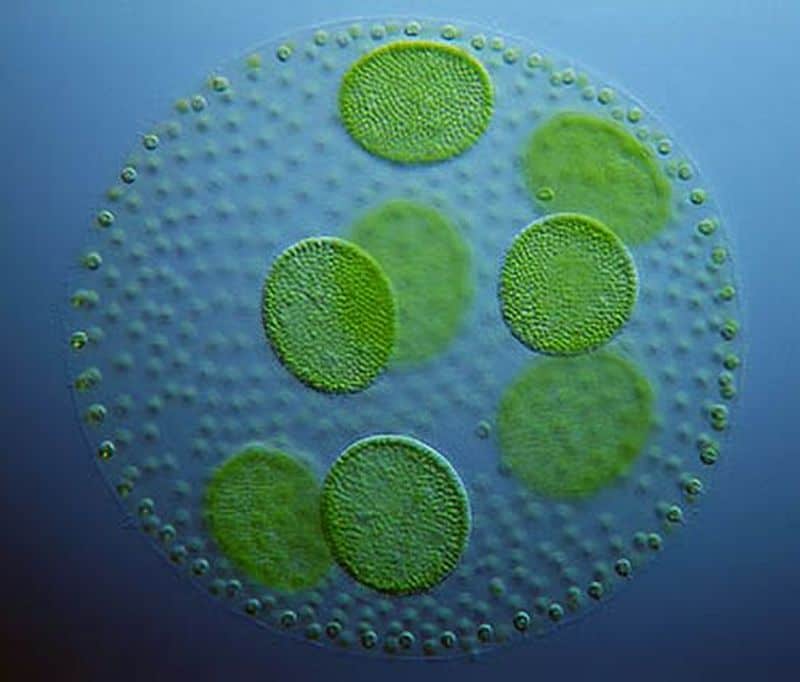Jonathen Trent, the lead research scientist at NASA Ames Research center in Moffett Field, California has come up with a solution to overcome U.S reliance on foreign fuel. Through his work on a project called ”Sustainable Energy for Spaceship Earth” he has proposed an algae-based solution for the production of bio fuels. With an investment of about $250,000, Google founders Larry Page and Sergey Brin are backing it.
Concept:
Algae are rich in lipids and oil, having rapid growth rate. They are capable of doubling their mass several times a day, producing at least 15 times more oil per acre in comparison to substitutes like soybean, palms or rapeseed.
Trent’s project calls for using large plastic bags, made of semi permeable membranes, filled with nutrient rich waste water for offshore harvesting of algae for bio-fuel. The algae, by trapping solar energy produce oxygen through photosynthesis. In return, bags permit carbon dioxide and fresh water to enter into it and release oxygen into the ocean via osmosis. The saline water of the ocean draws the freshwater out, thus, retaining the plants and nutrients in the plastic bag. The membrane prevents saline water from seeping into the plastic bag, acting as a shield. Ocean waves keep the algae mixed and healthy. The temperature of the bags can be maintained with the help of ocean currents.
Purpose:
The main hurdle in preventing mass production of algae for bio fuel production has been the equipment and infrastructure needed to harvest algae in large quantities. The objective of the project is to overcome the problems of producing clean energy bio fuel from algae, that doesn’t compete with agriculture for land or freshwater. The project is effective in cleaning waste water, removing carbon dioxide from the air and retaining important nutrients.
Methods followed in algae cultivation:
Till date most companies pursuing algae as a source of bio fuels have been using photo Bio reactors, closed loop system or open pond system.
• Photo bio reactors: nutrient laden water is pumped through plastic tubes that are exposed to sunlight.
• Closed loop system: Algae is harvested in thin walled polythene tubing laid in troughs across a field.
• Open pond: have been mainly used for the cultivation of algae with high-oil content.
Bio fuels remain too expensive to replace other commercially available fuels, with the cost of various algae species ranging between US$5–10 per kg dry weight. NASA through its endeavor hopes to help U.S reduce its generation of greenhouse gases and create a sustainable future here on earth.
Via: msnbc


